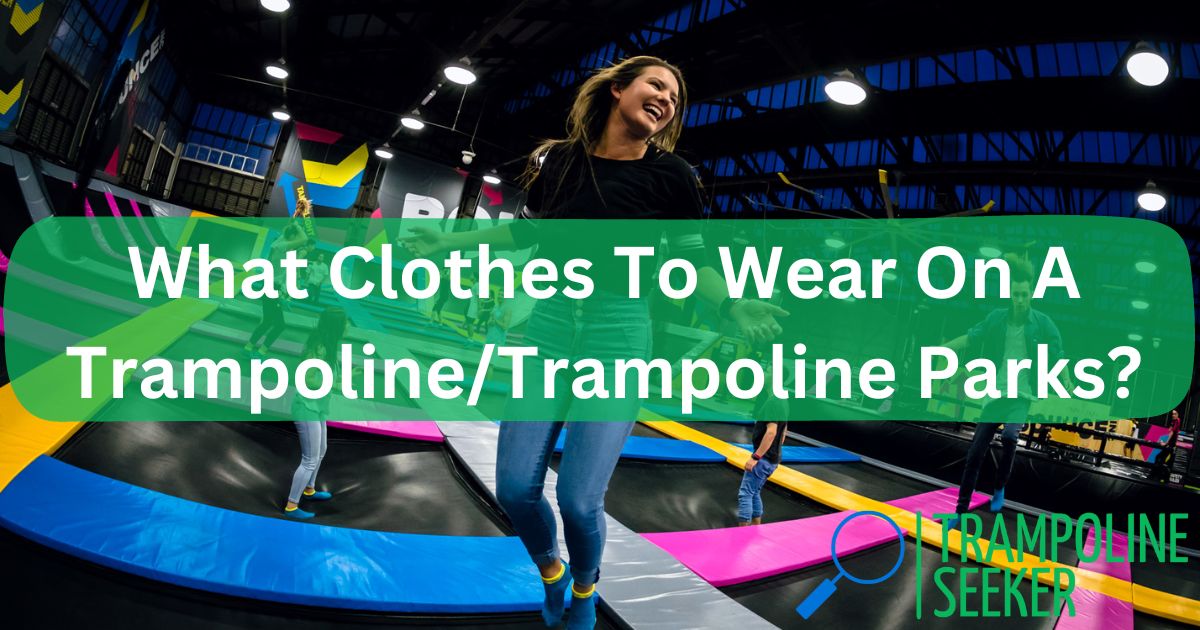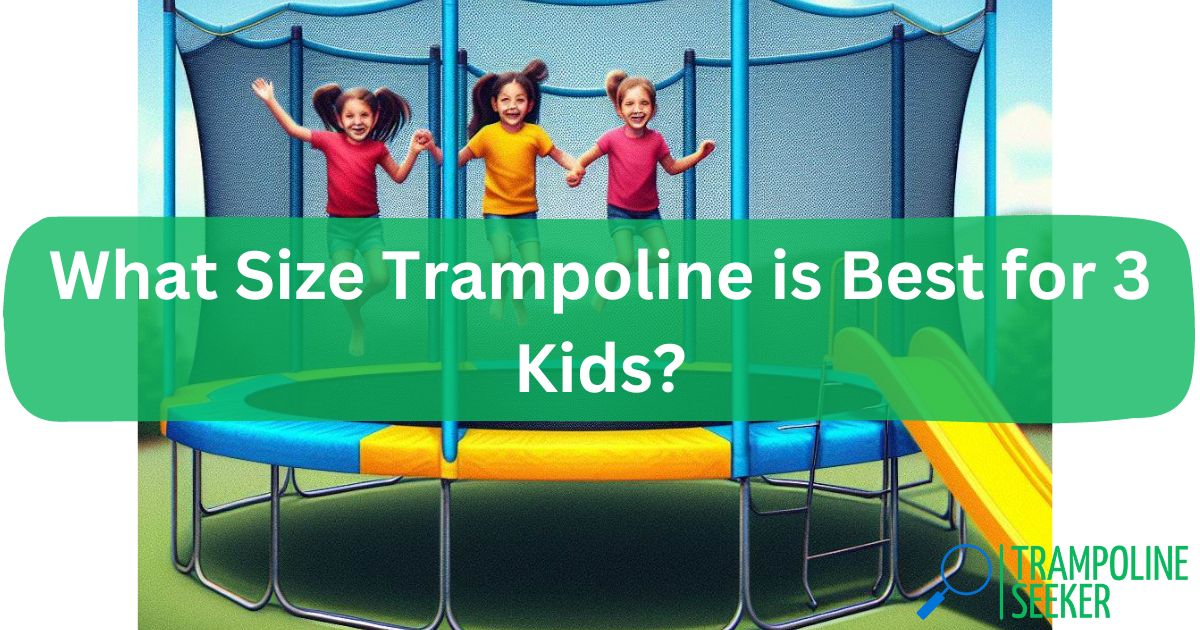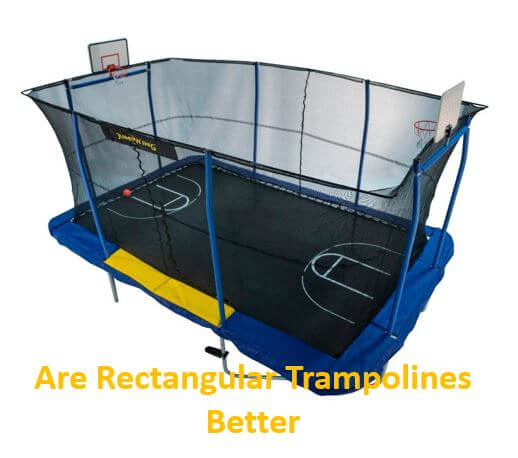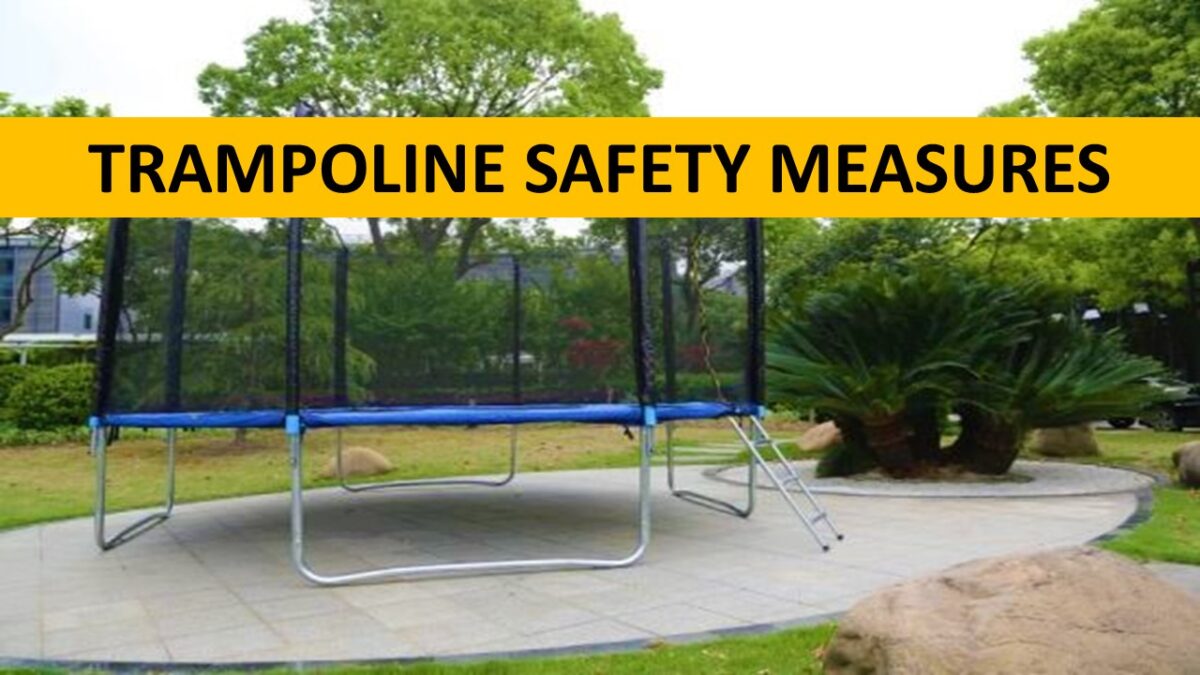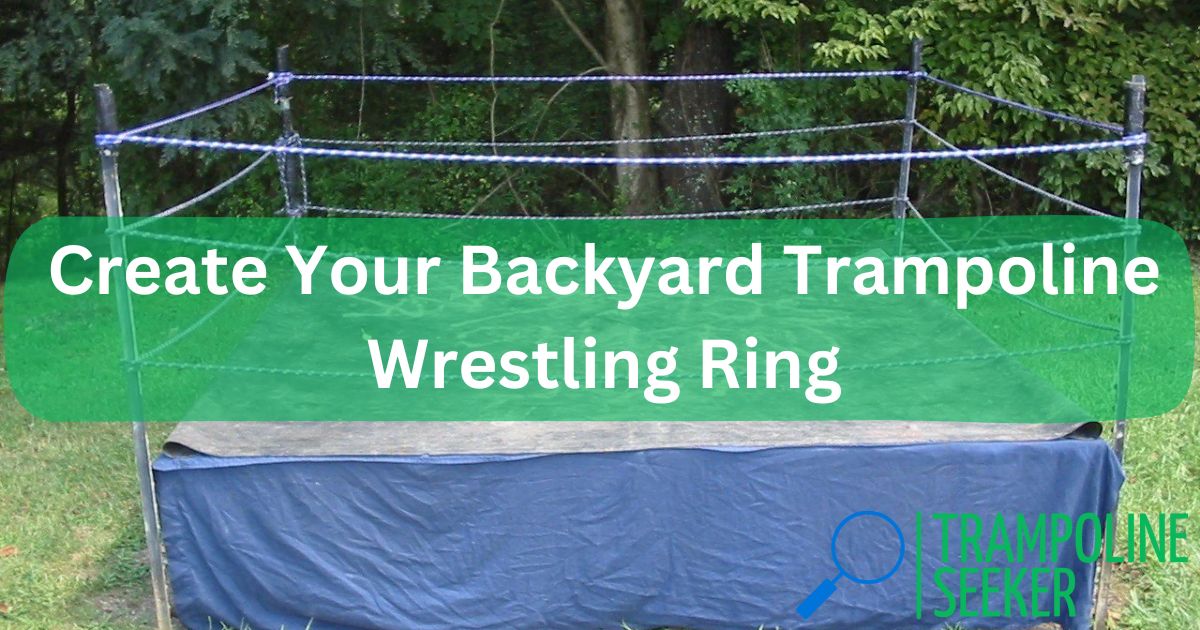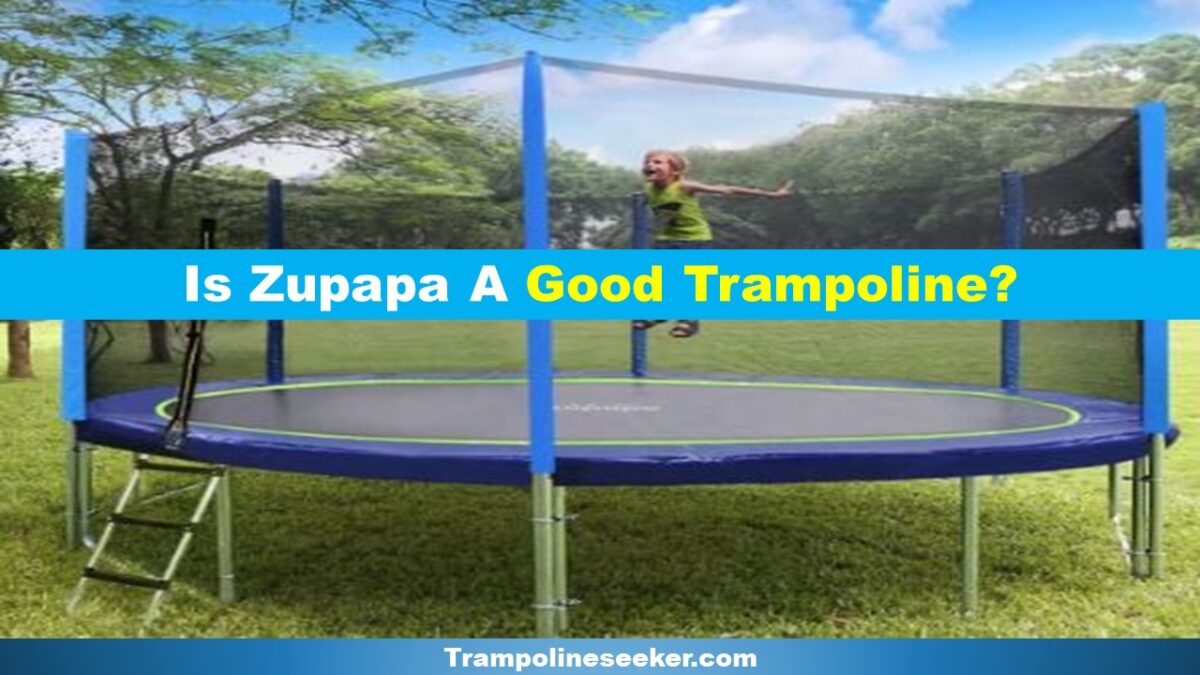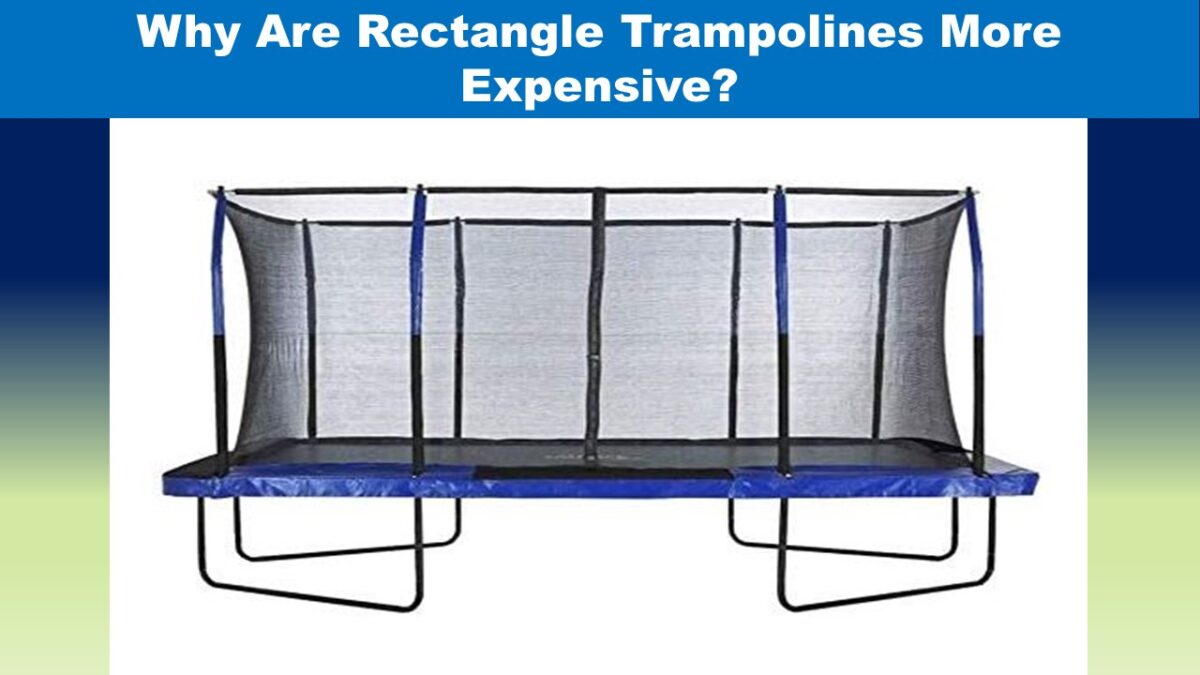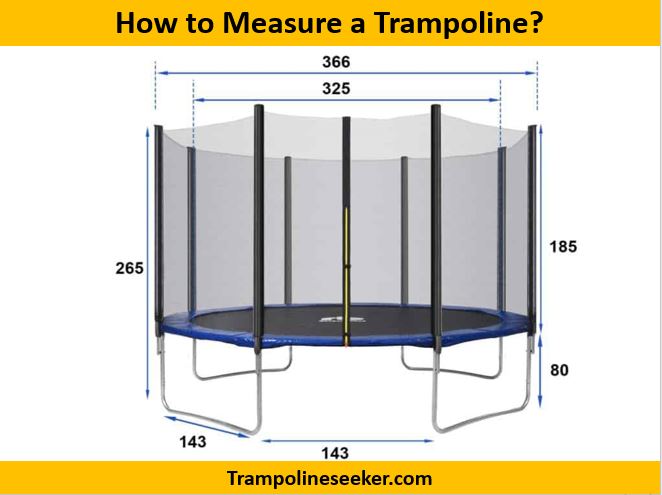I’ve always loved having a trampoline in my backyard. As a kid, it was one of my favorite playtime activities with friends and siblings. Now as an adult, I still enjoy getting out on our trampoline to bounce around and get some exercise.
However, I was concerned about potential damage to the grass underneath our trampoline from the weight and motion over time.
I wanted to keep enjoying our trampoline while also maintaining a healthy lawn. So I did some research on what to put under a trampoline on grass to protect the yard.
Here’s what I learned and how I solved the problem in my own backyard.
Do You Need Something Under the Trampoline on Grass?
When I first started looking into this issue, I wondered if anything was really needed under the trampoline at all. Couldn’t I just leave it directly on the grass?
Unfortunately, while the grass under the middle of the trampoline mat may remain healthy from being shaded, the areas around the legs and edges of the trampoline can become compacted and worn from the pressure and movement.
Grass and soil need airflow and space for the roots to grow. So unless I wanted dead patches of grass around and under my trampoline, some type of protection was needed.
Grass Mats for Trampolines
My initial thought was to put some type of mat down under the trampoline to protect the grass. Trampoline grass mats are thick woven mats made specifically for placing under outdoor trampolines. They provide a cushioned barrier between the weight of the trampoline and the grass underneath while still allowing air, light, and moisture to pass through.
I liked the idea of still seeing and maintaining real grass under the trampoline rather than artificial turf or rubber mats. Grass mats are an affordable and convenient way to protect your lawn. I did some comparison shopping and found some great trampoline grass mat options on Amazon for under $30. They came in different sizes to fit my trampoline dimensions.
While grass mats seemed like an easy solution, I did have some concerns about their long-term durability. Constant weight and motion from jumping could potentially cause them to compress, wear out or shift over time. And if the mat gets displaced, it would no longer protect the grass as intended. For a more permanent solution, I kept looking at other alternatives.
Artificial Turf for Under Trampolines
Artificial grass or turf is another popular option for protecting the yard beneath a trampoline. Unlike normal grass, artificial turf is made of synthetic woven fibers designed to replicate natural grass. It comes in interlocking rolls or mats that can be installed right under the trampoline frame.
I liked that artificial turf provides a permanently cushioned and level surface for the trampoline legs to rest on. It avoids the dead grass issue altogether since artificial turf doesn’t need sun or water to stay green. No more concerns about wear and tear over time either. High quality artificial turf is made to handle heavy activity and last for years.
My main hesitation with artificial turf was the cost. Trampoline-sized sections of turf can cost over $100 depending on the quality and size you need. And for proper installation, additional supplies like ground mats, nails and adhesive are recommended to keep the turf securely in place. This raised the total project budget.
I also wondered how artificial turf would fit with the rest of my backyard aesthetically. I have a nice natural lawn that I work hard to maintain. Plopping down a big section of fake grass might look tacky. But I saw you can get very realistic-looking artificial turf these days that blends in well with regular grass.
Rubber Mats for Under Trampoline Protection
In addition to grass mats and artificial turf, I also came across thick rubber mats designed for placing under trampolines and playground equipment. Here were some potential benefits I saw with rubber trampoline mats:
- Provide durable cushioning for trampoline legs and prevention of soil compaction
- Heavy duty construction withstands active jumping over years of use
- Can contour to lightly uneven ground and won’t displace easily
- Generally more affordable than artificial turf options
- Easy to cut, install and remove when needed
The main drawback I saw with basic rubber mats is they leave a visible dark section on the lawn under the trampoline, unlike grass mats or artificial turf which aim to blend in. There are color options like green rubber mats, but these tend to be more expensive.
Overall, rubber mats seemed like a practical choice though without the organic lawn look I preferred. I put them in the “maybe” category while I kept looking at a few other options.
In-Ground Trampoline Installation
For the ultimate trampoline setup that removes concerns over lawn damage, I also considered an in-ground trampoline installation. This involves excavating a round hole in the lawn just larger than the trampoline, then setting the trampoline frame down into the ground so the jumping mat remains at ground level. You can then install turf or other filler material around the sunken trampoline frame.
An in-ground trampoline sounded great for safety and aesthetics by integrating seamlessly into the lawn area. No more worries about wind or kids falling off the elevated mat. I’d just need to take care with grading and drainage so the hole doesn’t accumulate standing water when it rains.
However, the major downside here is the extensive installation work and cost required to dig out and sink the trampoline pit. Unless you have construction experience, renting excavation equipment and hiring a landscaping crew to do this properly makes an in-ground trampoline far too expensive for most homeowners. I crossed this option off my list for now due to the complex set-up.
My Final Decision: Artificial Turf
After comparing all the options for protecting the grass under a trampoline, I decided to go with installing artificial turf. Here were my main reasons for choosing artificial turf:
- Looked more natural and blended better with my yard than rubber mats
- Avoided any concerns about mat displacement unlike grass mats
- Provided permanent, cushioned protection for the trampoline and lawn
- Long-lasting durability compared to other options
- Easy self-installation without major digging work
Although artificial turf was one of the pricier options, I found some quality brands on sale that fit my budget. With proper installation, I was confident the artificial turf would last many years and protect my yard with practically no maintenance required. And it can always be removed in the future if needed without damaging the soil or grass.
How I Installed Artificial Turf Under My Trampoline
Installing the artificial turf under my round trampoline was a fairly straightforward DIY project. Here are the basic steps I followed:
Supplies Needed:
- Artificial turf roll or mats
- Landscape fabric
- Scissors or utility knife
- Garden staples, screws, or adhesive
- Shovel
- Broom
Installation Steps:
- Remove the trampoline frame from the area and sweep away any leaves or debris from the ground.
- Lay down landscape fabric as a moisture barrier and secure with staples.
- Roll out the artificial turf on top of the fabric. Cut out holes where trampoline legs will go.
- Secure the edges of the turf with garden staples, screws, or adhesive around the perimeter.
- Replace the trampoline frame, legs, and mat over the installed turf.
- Fill in exposed edges with mulch or extra turf to blend seamlessly with the lawn.
It only took me an afternoon to size, cut, and secure the artificial turf pieces under my trampoline. The turf provided full coverage beneath the legs and frame. And any exposed edges blended in nicely with the natural grass and mulch surrounding the trampoline.
Trampoline Fun for Years to Come!
I’m really pleased with how the artificial turf installation turned out for keeping my trampoline off the grass. The turf feels great to bounce on and maintains a flawless green surface all year without any lawn care or maintenance needed. By proactively protecting the ground under my trampoline, I can keep enjoying fun backyard jumping for many years without ruining the yard.
I’m glad I explored all the options – grass mats, rubber mats, artificial turf, in-ground installation, and more. Considering the pros and cons helped me decide on the best solution for my yard. While artificial turf was one of the pricier choices, I think the long-term durability and aesthetics are worth the investment.
If you’re debating the issue of what to put under a trampoline on grass, hopefully my experience helps give some guidance. Protecting your lawn is important for both functionality and curb appeal. With the right trampoline base material properly installed, you can avoid dead grass patches and keep your lawn vibrant and healthy for years of outdoor play and entertainment!
Articles You May Like to Read:


